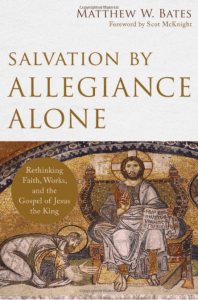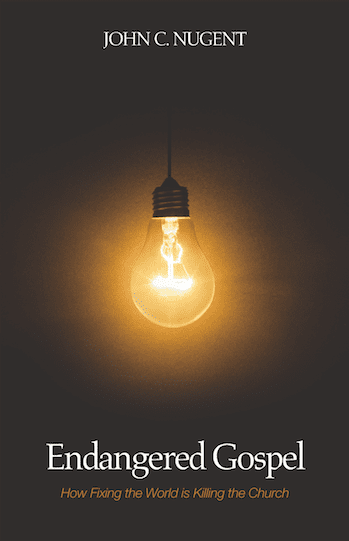If you embrace a kingdom vision of the gospel itself, racism is nothing short of disgusting. If you embrace a judicial perception of sin, the Cross, and the gospel, racism is more tolerable. I’m sorry to put in such bold terms, but it all comes down to how you understand the gospel.
I am not an expert on the topic of racism, nor am I a paragon of a colorless and a raceless (not the same thing) perception of our world. But, I want the Church to be better because I believe racism is a denial of the kingdom vision and gospel of Jesus.
As a professor at TEDS I one time stupidly stated that racism was a worse sin than abortion, and this was the time of Reagan when theology was morphing for some into Reaganology. It was stupid because saying something like that is not the way to get something positive accomplished. But, no one can deny this: the impact of racism in the USA is devastating to millions and embarrassing to the Church.
So, in this post today I want to chart out four images of how the Church has sometimes talked and sometimes operated (the latter is more important than the former) with respect to race.
First, some see a tapas approach to the Church and race. Tapas is as much a way of eating as it is a meal (at least for me), and it involves this: a person has a main plate and a series of small plates around the plate out of which she or he eats. One eats from one plate at a time. Analogy: the Church has a main culture (in the USA it is white) and a series of minority cultures around it, they are all eating (i.e., participating in Christ), but they are each kept in their separate and separable locations. Segregation is the operative word.
Second, others propose a crock pot approach. The idea of a crock pot is this (at least for me): put a bunch of different food items into the pot, turn it on, walk away for hours, and when you come back it will be one big soup of a single substance. (The melting pot.) Now anyone who knows anything about this kind of image knows that we are dealing with the blending of all cultures into one culture, which always means that the one with the biggest chunks in the pot will end up having the biggest influence. Domination is the operative word (if domination is not the intent).
Third, yet others propose a salad bowl. I make the salad every evening. I cut the spinach into slices because I don’t like those big leaves slapping me in the lips; then I cut up some carrots and some onion and some tomato and then some broccoli and then I dash it with pepper. When Kris gets home we put dressing on it (I put on olive oil), and we eat it. Analogy: each item is separable and distinguishable, for I don’t grind this stuff into a single substance; but each is within the bowl, unlike the tapas. Integrity within some kind of unity is the operative word.
Fourth, another model seems to be jambalaya. There is some debate among those who don’t know all that much about the Cajun cookroom on the difference between jambalaya and gumbo, and I’m not sure I know the difference, but this is what I am referring to: the putting into the pot of a bundle of food items but that they maintain their integrity but absorb the spice so that whether you are eating shrimp or some fish or some celery it all tastes hot. Assimilation is the operative word.
Here it is then: in the first, the Church encourages segregated congregations in the name of diversity or poverty or location; in the second the Church encourages us to all be the same, which inevitably means we become the dominant culture; in the third the Church encourages us to work to stay together (salads never quite do that) but are within the same bowl while retaining our separable integrities; and the in the latter the Church calls us to uniformity but the spice of the whole is the same because the dominant culture tends to make everything taste the same.
Anthony Smith has a fine post at his site, with the absolutely inimitable bog name of Postmodernnegro, that speaks of practicing Pentecost. Which, I say to myself, of the above models is most like Anthony’s exceptional proposal of practicing Pentecost?











